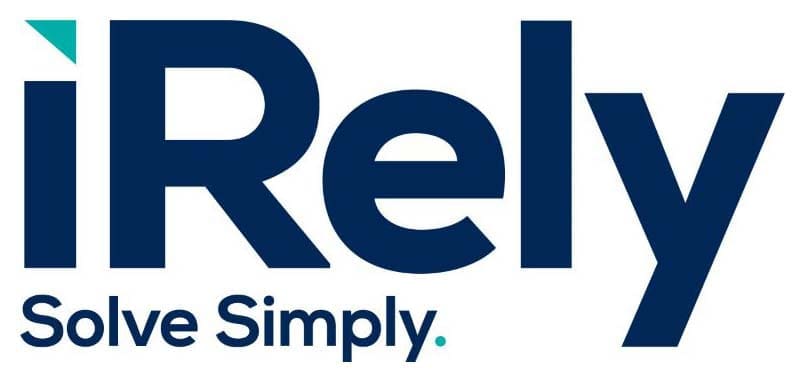According to ComTech Advisory, CTRM (commodity trading and risk management) software is the category of software applications, architectures and tools that support the business processes associated with trading commodities. Commodity trading includes buying and selling commodities, the movement and delivery of those commodities, and the associated risk management activities. CTRM comprises a broad set of functions that vary depending on what commodities are traded, what assets are employed in the business, where those assets are located, and what the company’s business strategy and business processes are.
Commodity traders, processors and purchasers use CTRM software to manage all aspects of buying and selling commodities, including physical trades, accounting, derivative trades, position, mark to market, origination, logistics, risk management, procurement, planning and scheduling. CTRM software covers all asset classes, including agriculture, energy, and mining/metals; however, the specific functionality used in each individual CTRM system will vary based on the commodities managed. For example, many commodities have unique pricing structures, so the CTRM software you use must be tailored to your specific business.
Does ERP work for commodity management?
If you already use ERP software to manage accounting or other functions, using it for commodity management can be enticing. However, commodity management is complicated and using a system designed for generic business purposes requires a lot of modifications.
ERP systems are designed for goods with fixed prices. Commodity prices can vary significantly throughout the life of a contract. There are many different price types (unpriced, index, NPE, etc.) and exchange types that provide creative market prices (hourly, daily, monthly, etc.). With no defined price, creating a contract in an ERP system is challenging. ERP cannot handle provisional, prepayment, and final invoices or deal with mark-to-market valuations and constantly changing market prices.
What about spreadsheets?
Many companies rely on spreadsheets for commodity management. Spreadsheets are convenient, easy to use and inexpensive. You can download a copy of Microsoft Excel for $139.99, and everyone knows how to use it. However, spreadsheets create more work.
Spreadsheets do not capture all the details of a deal. When a deal is entered, the associated costs (fees for transportation, brokerage, inspections, etc.) are often added separately to ERP or financial systems. Because the information is not integrated, you can’t see the true value of a deal. The deal may not be as profitable as you think it is.
Spreadsheets also create silos of information. Each person who receives a copy of the spreadsheet will manipulate the data for their specific reports. Often, multiple versions of a spreadsheet exist, with different teams updating and sharing new versions of the spreadsheets. Therefore, different parts of the business are running and reporting on incomplete or inaccurate data sets.
Because spreadsheets are created, manipulated, and updated manually, they are also prone to errors. Commodity traders record a lot of information, so there are a lot of opportunities for simple input mistakes. A lot of time and effort is required to ensure all data is accurate and accounted for.
CTRM software – the right choice
CTRM software was designed specifically for the nuances of commodity trading and risk management. With the right CTRM software, you can manage everything from physical trades, accounting, derivative trades, position, and mark to market, to origination, logistics, risk management, procurement, planning, recipe management, and scheduling. You can manage the entire commodity management value chain in real time, including analyzing and reporting results, and ensure your business is operating with one accurate view of your business.
iRely’s CTRM software blends the power of CTRM with native accounting. Integrated accounting provides complete visibility into finances at every level of granularity you need. If commodity prices change while in transit, the price change is automatically tracked and recorded in your CTRM software and transmitted to your ERP system. Using our built-in accounting ensures origin, trading and ERP are managed in one place, saving time and reducing costs.
However, if you want to keep your existing ERP, our native accounting ensures your CTRM and ERP connect easily and seamlessly because both systems already speak the same language.
